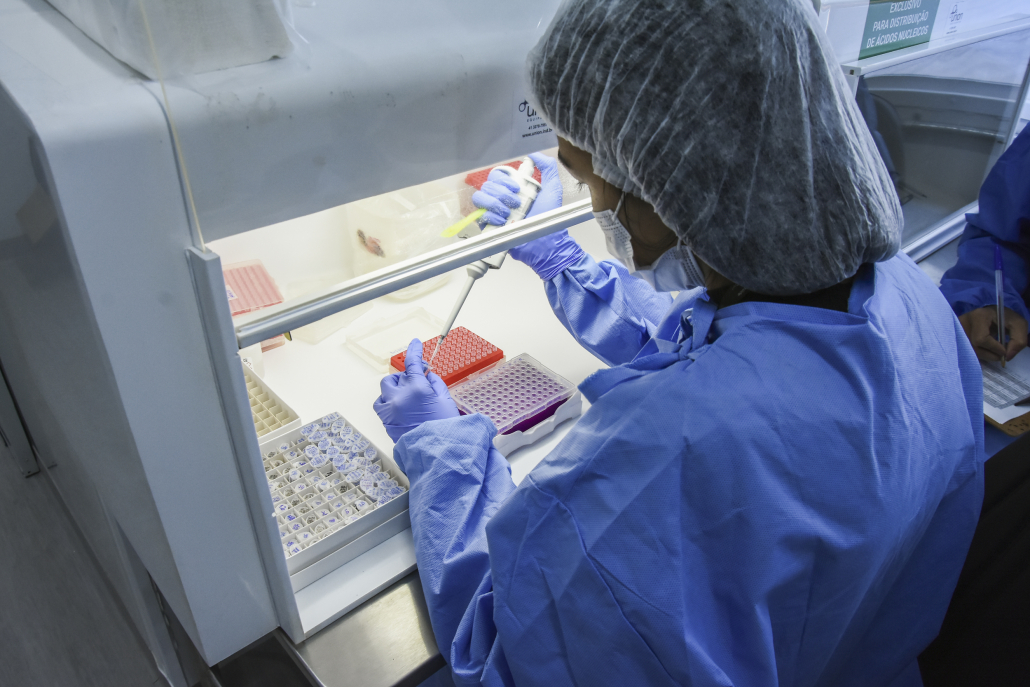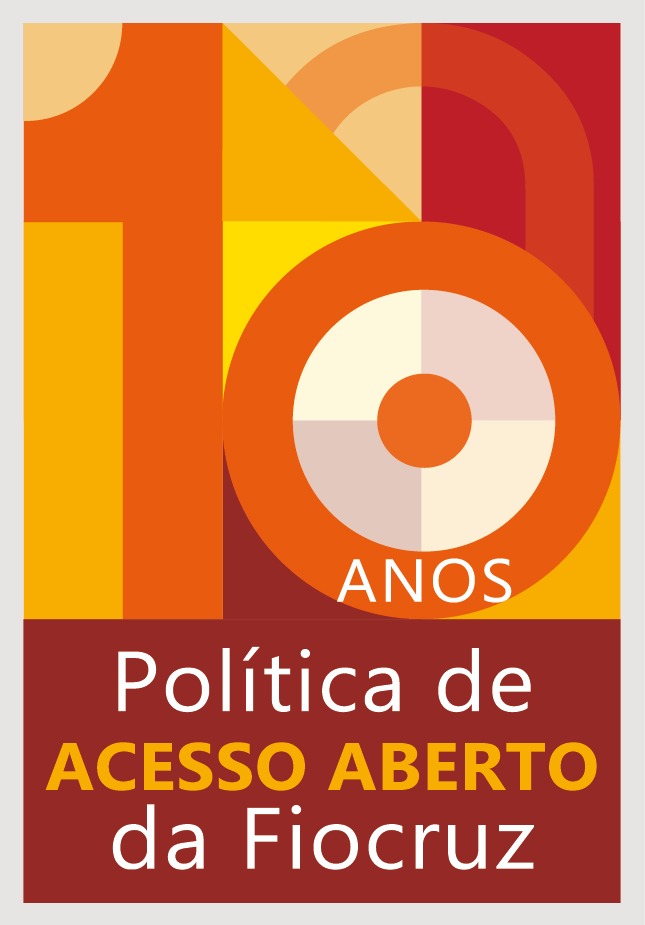Fiocruz coordinates a study for genomically characterizing oropouche cases in the Amazon
09/02/2024
Fiocruz Amazônia
The Leônidas & Maria Deane Institute (ILMD/Fiocruz Amazônia), through the Surveillance Center for Emerging, Reemerging or Neglected Viruses, in partnership with several institutions, carried out the genomic and epidemiological characterization of the outbreak of the oropouche virus (Orov), which has been occurring since 2022. Orov is endemic to the Amazon region and has been recording outbreaks in Brazil since the 70s. Orov infection causes symptoms similar to those of dengue fever and can also cause encephalitis. According to Fiocruz virologist and researcher Felipe Naveca, coordinator of the Center, 75 samples collected between December 2022 and January 2024 were analyzed and the complete genome of the virus was sequenced.
The ILMD carried out the genomic and epidemiological characterization of the outbreak of the oropouche virus (photo: Fiocruz Amazônia)
"The Central Laboratory in Roraima first alerted to this Oropouche outbreak, after which cases confirmed by RT-PCR were detected in Amazonas, Rondônia and Acre. At the beginning of 2023, we had a peak of cases in these states and a significant increase in Amazonas and Acre at the end of November. That is why we developed the viral sequencing protocol and sequenced 75 samples from 18 cities in these four states. With genomic analysis, we showed that this virus descended from an Orov that circulated in 2015 in Tefé and emerged after successive viral rearrangement events. It is also great to see that the molecular diagnostic protocol we developed years ago, with funding from the Infrastructure Program for Young Researchers – First Projects Program of the Foundation for Research Support of the State of Amazonas (PPP Faepam), has been used in all the acute cases confirmed so far," Naveca points out.
In an article published by Virological.org, titled Emergence of a Novel Reassortant Oropouche virus drives persistent outbreaks in the Brazilian Amazon region from 2022 to 2024, Felipe Naveca and collaborators point out that the Oropouche virus is a pathogen transmitted in the urban cycle mainly by insects known as maruim. However, studies show that mosquitoes of the Culex genus can also transmit the virus. In the sylvatic cycle, mosquitoes such as Aedes serratus and Coquillettidia venezuelensis can act as vectors, with mammals such as sloths and non-human primates as the main reservoirs. In the last 70 years, at least 30 human outbreaks of Orov have been reported in Latin American countries (Brazil, Peru, Colombia, French Guiana and Panama). Due to the recurrent resurgence of Orov in human populations in the Amazon region and the notable increase in the incidence and geographical distribution of reported Orov infections in recent years, it is considered one of the emerging arboviruses of greatest risk to the population.
Until the emergence of the chicungunya (CHIKV) and zika (ZIKV) viruses in Brazil between 2014-2015, Orov was the arbovirus with the highest incidence in Brazil, surpassed only by the dengue virus (Denv). The largest documented outbreak of Orov in the country was reported in the late 1970s, where estimates point to more than 100,000 human cases. Still, the true burden of the Orov-induced disease remains unknown due to a lack of systematic surveillance. Between January 2022 and January 2024, Orov was the second most frequently detected arbovirus in the Amazon, surpassed only by Denv.
Partner institutions in this project are the Health Surveillance Foundation Dr. Rosemary Costa Pinto, the Central Public Health Laboratories of Acre, Amazonas, Rondônia and Roraima, the Vector-borne Diseases Center of Acre, the Oswaldo Cruz Institute (IOC/Fiocruz), the Carlos Chagas Institute (ICC-Fiocruz), the Aggeu Magalhães Institute (Fiocruz Pernambuco), Fiocruz Rondônia and the Federal University of Espírito Santo, the Amazonas State Oncology Control Center Foundation, the Dr. Heitor Vieira Dourado Tropical Medicine Foundation, Evandro Chagas Institute, the Health and Environmental Surveillance Secretariat (SVSA/MS) and the Ministry of Health's General Coordination of Public Health Laboratories.




